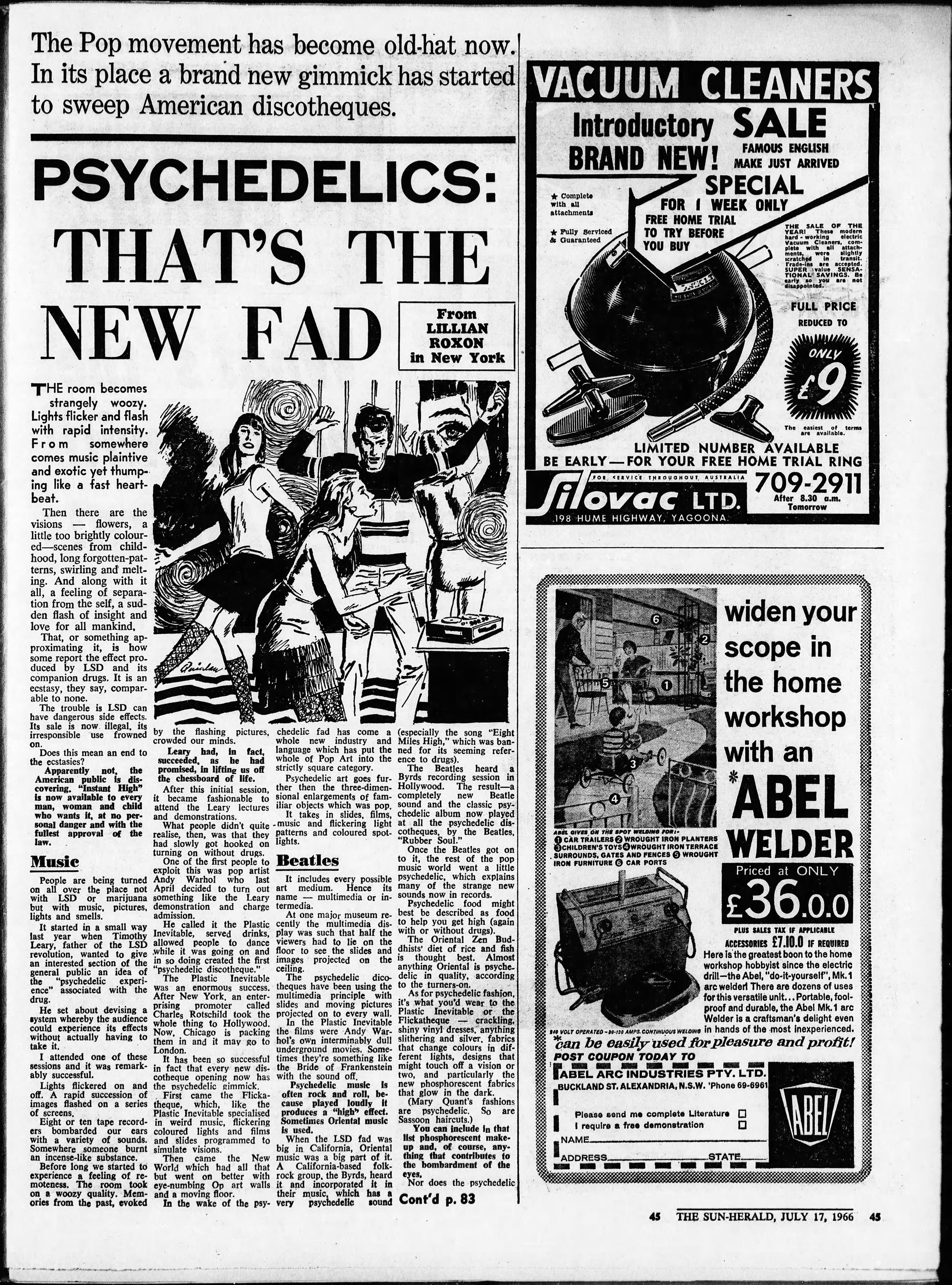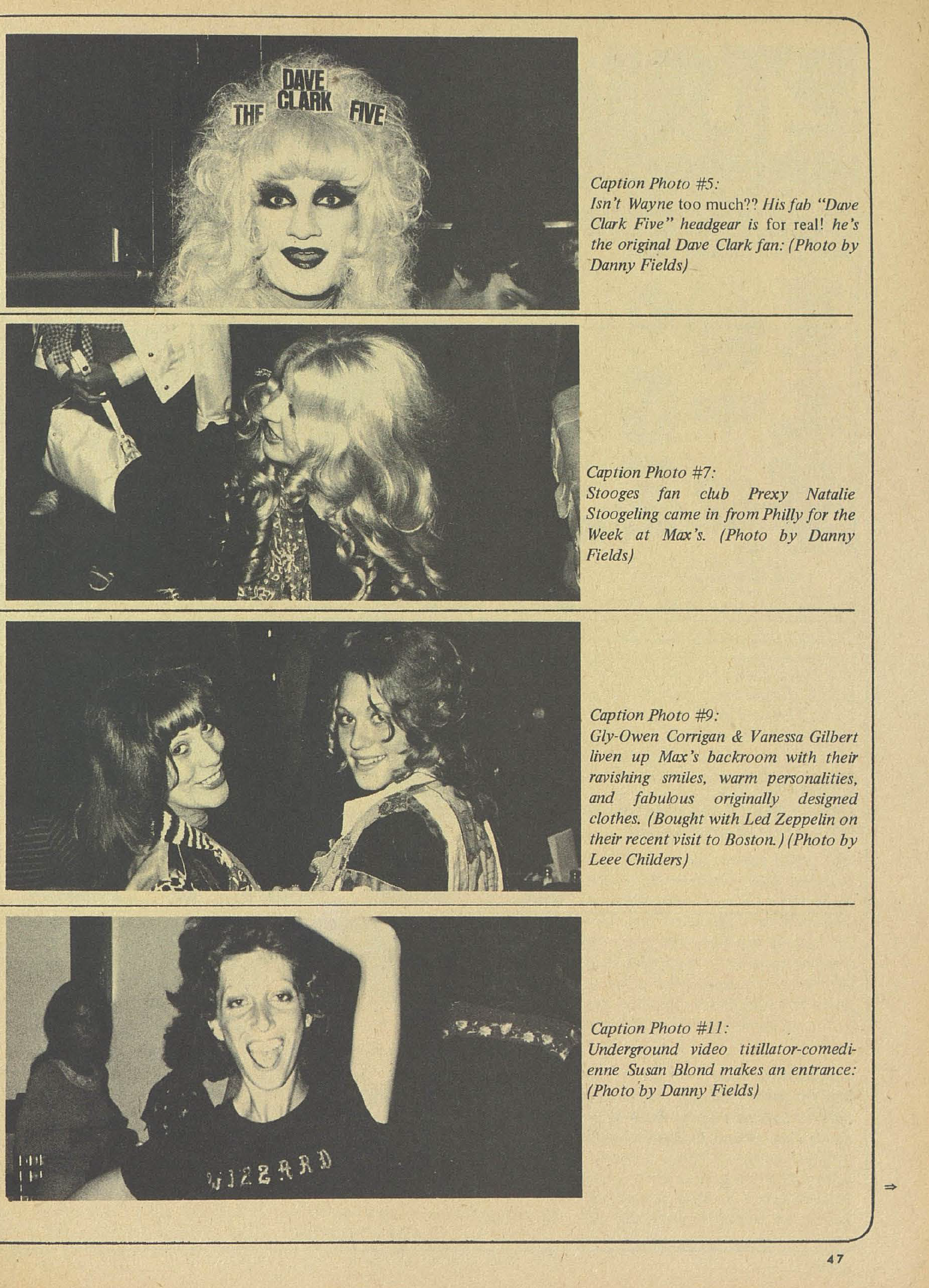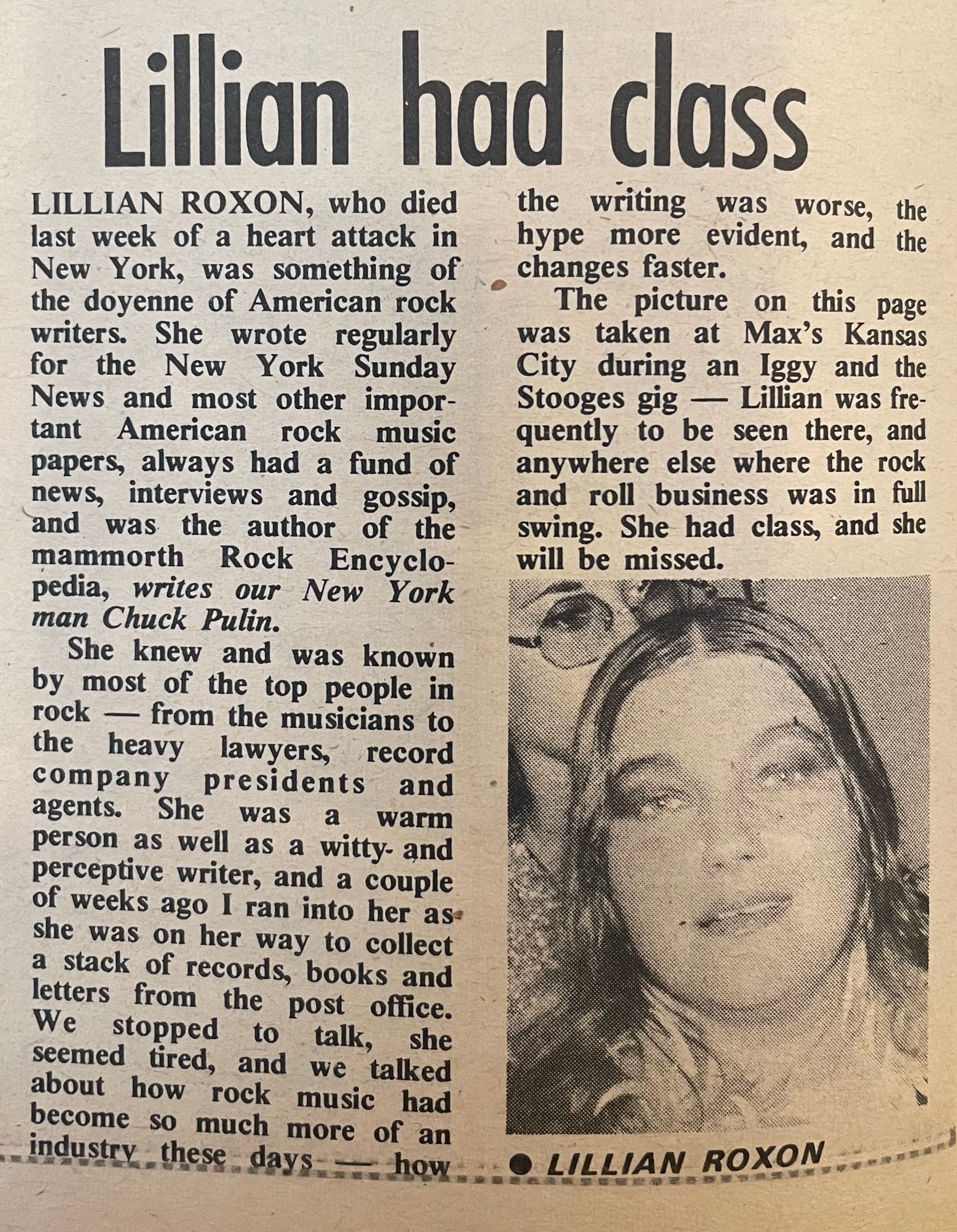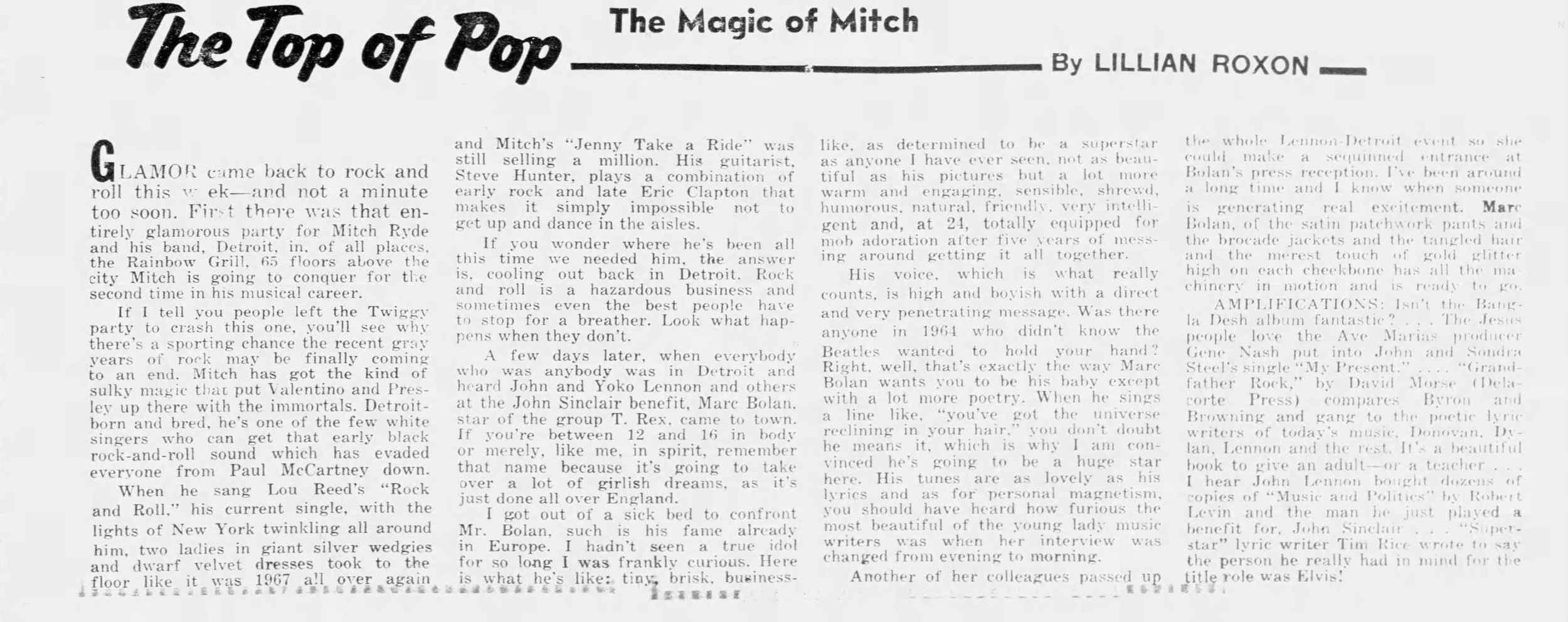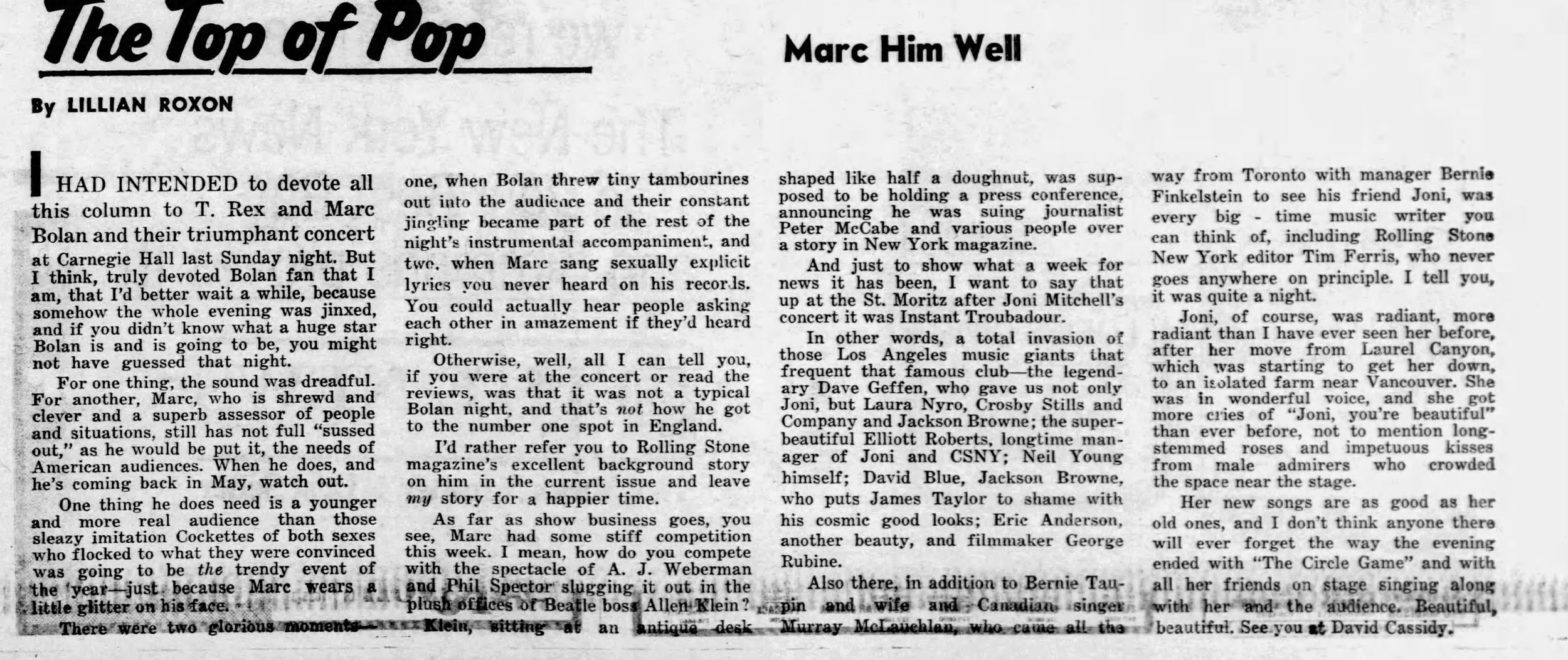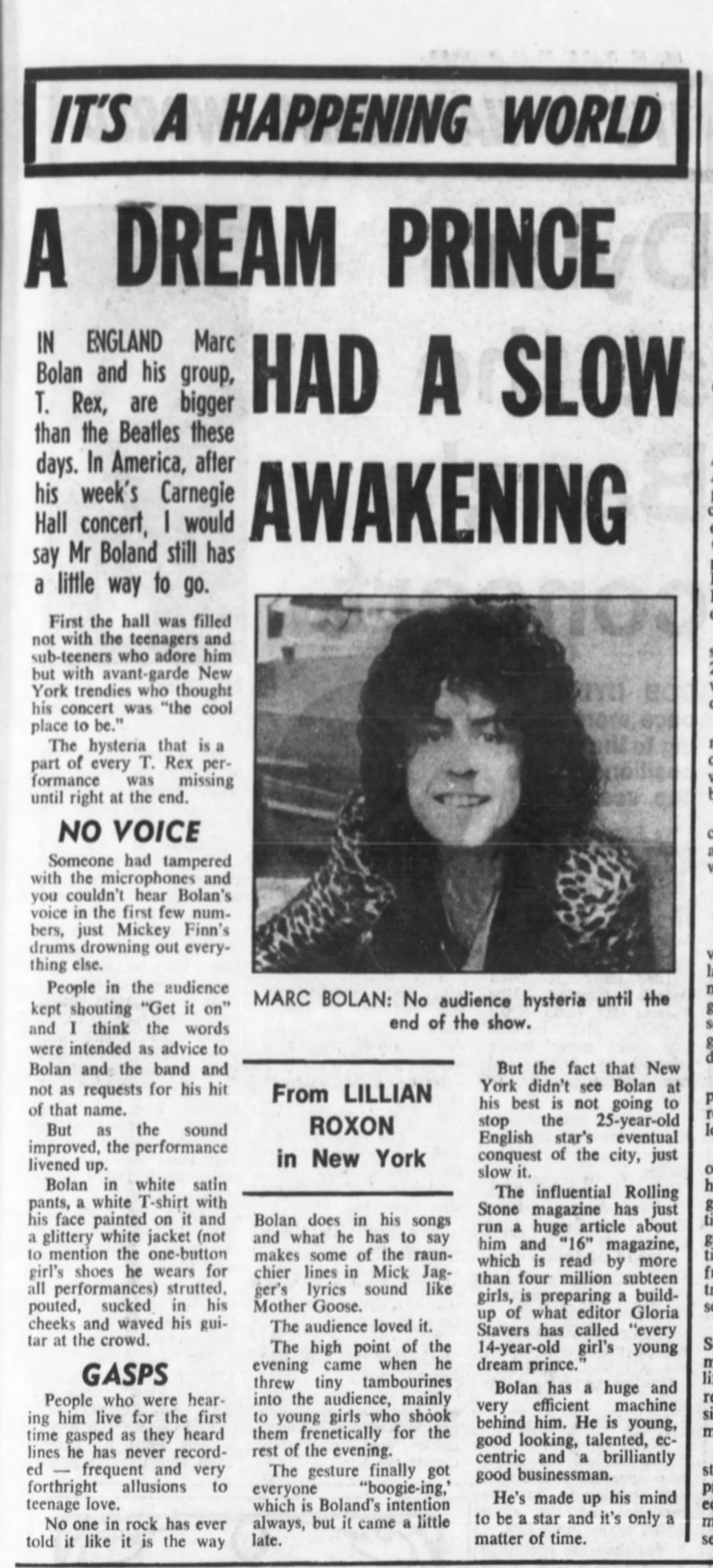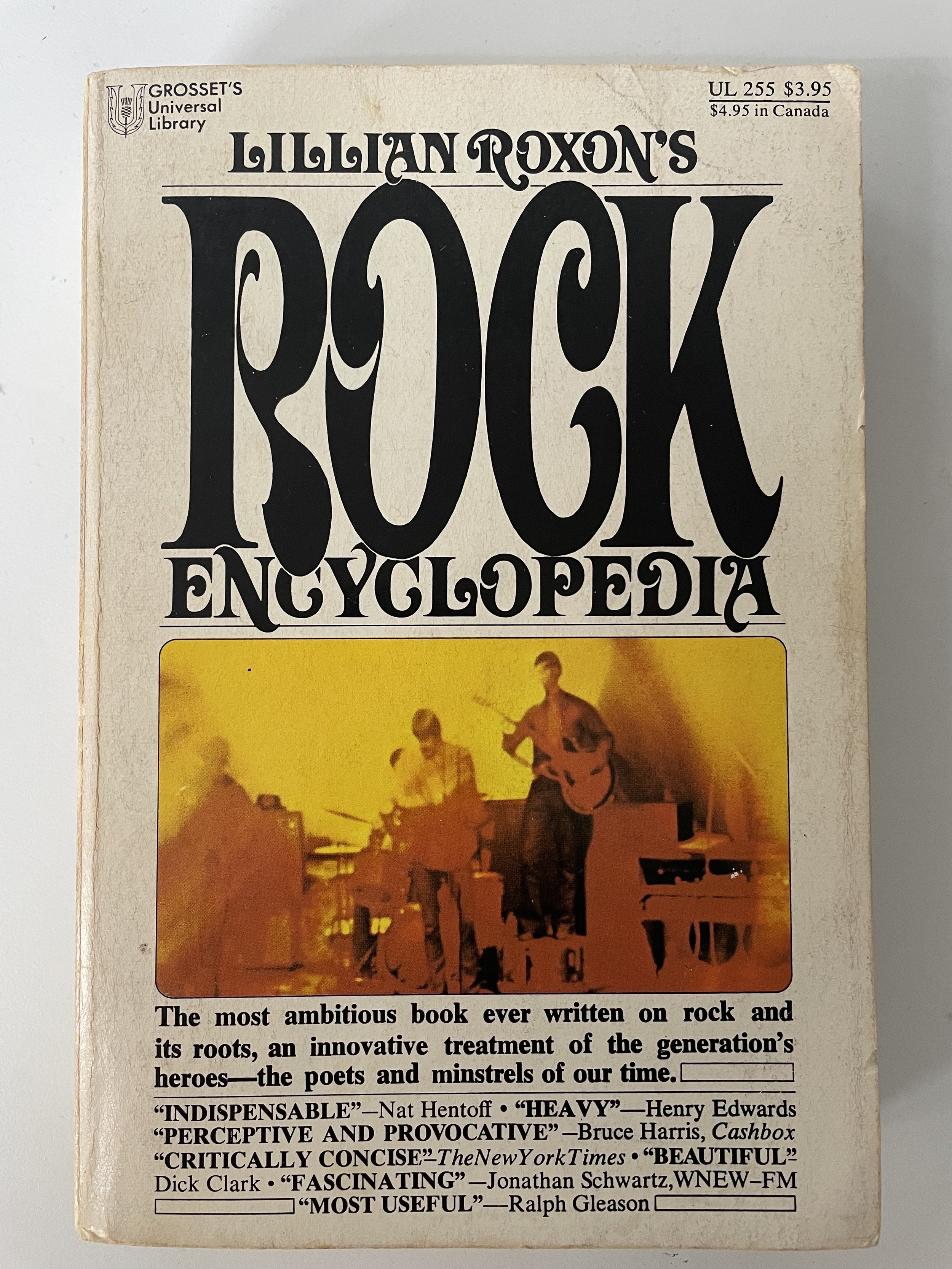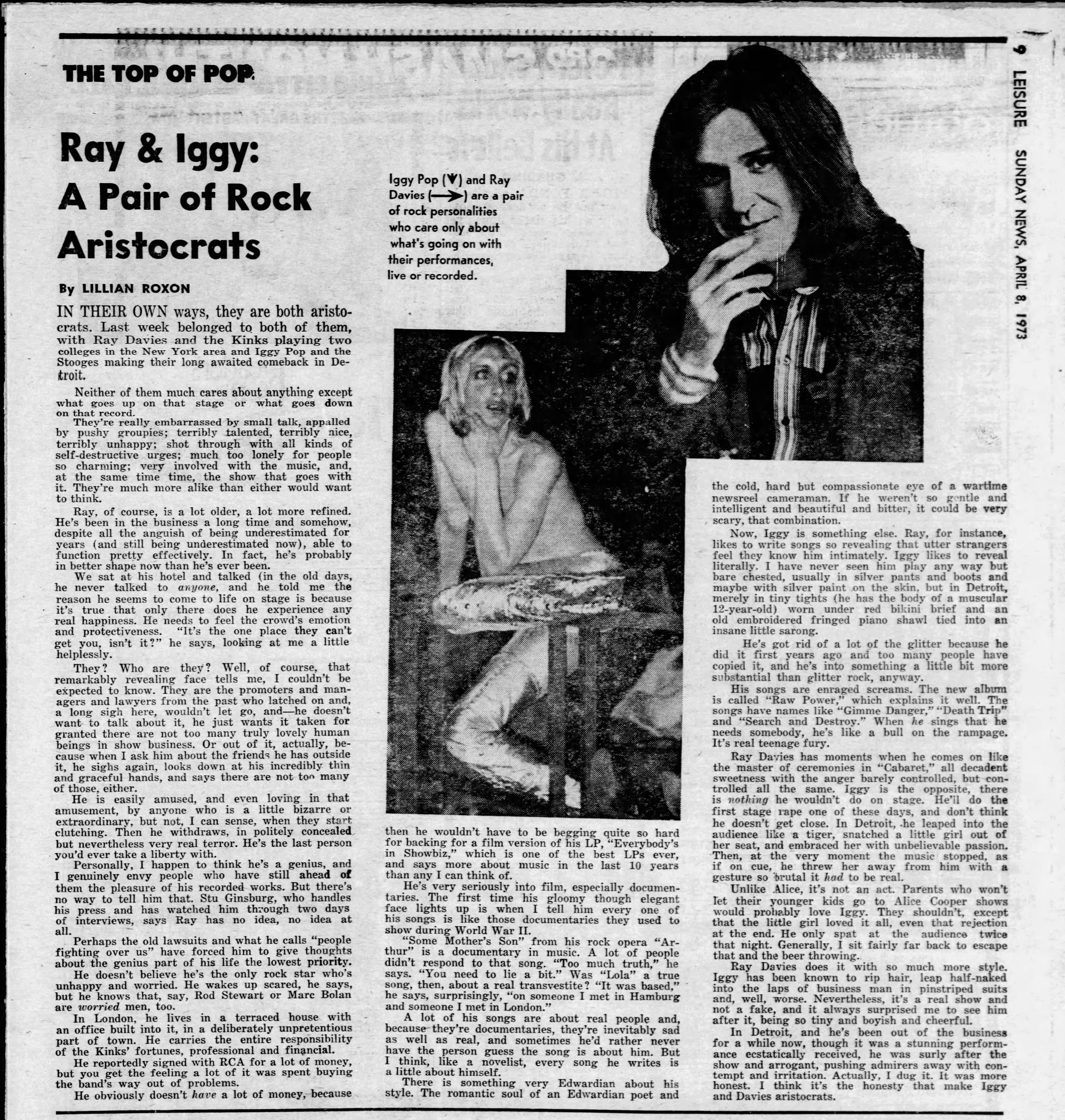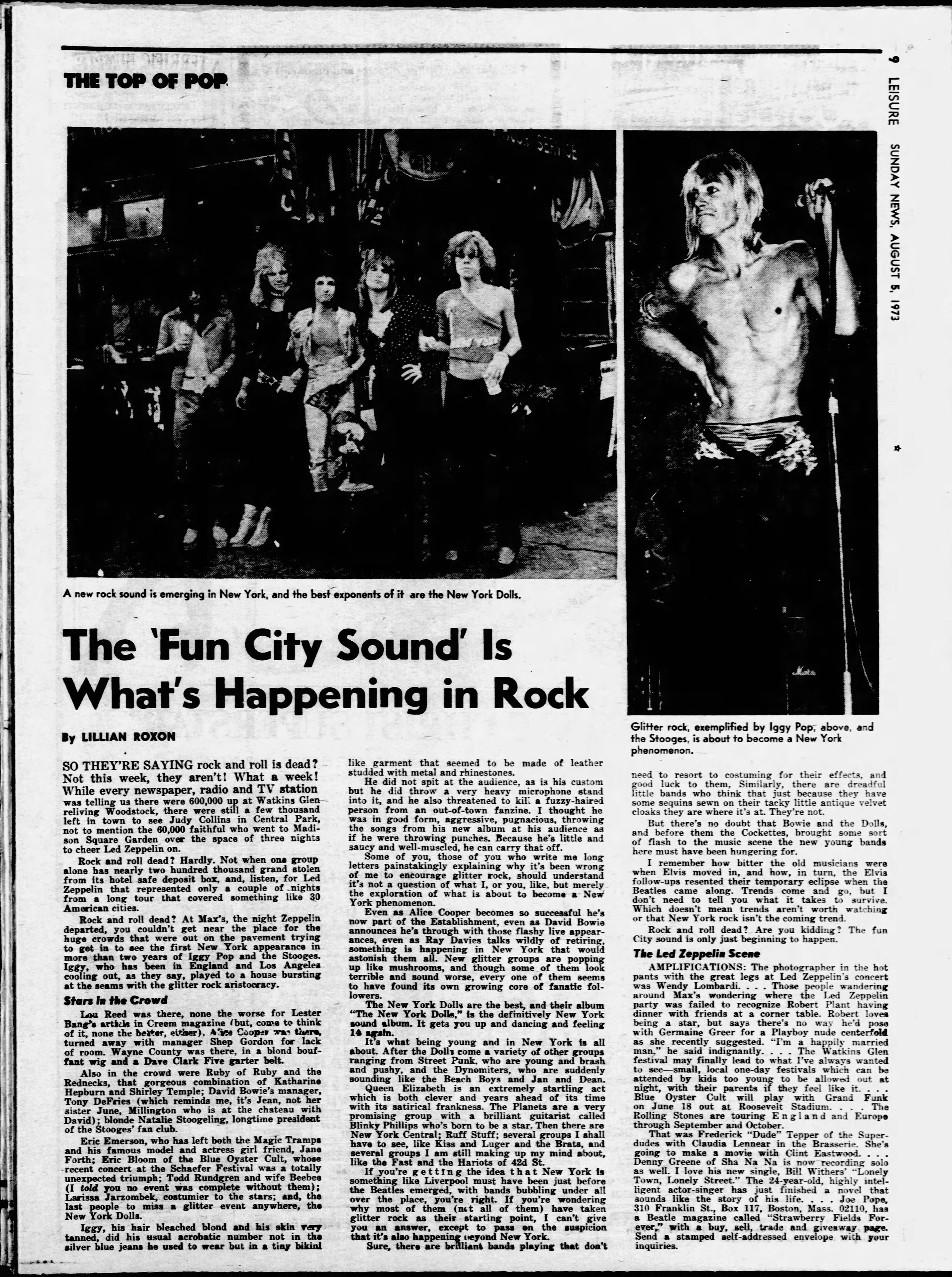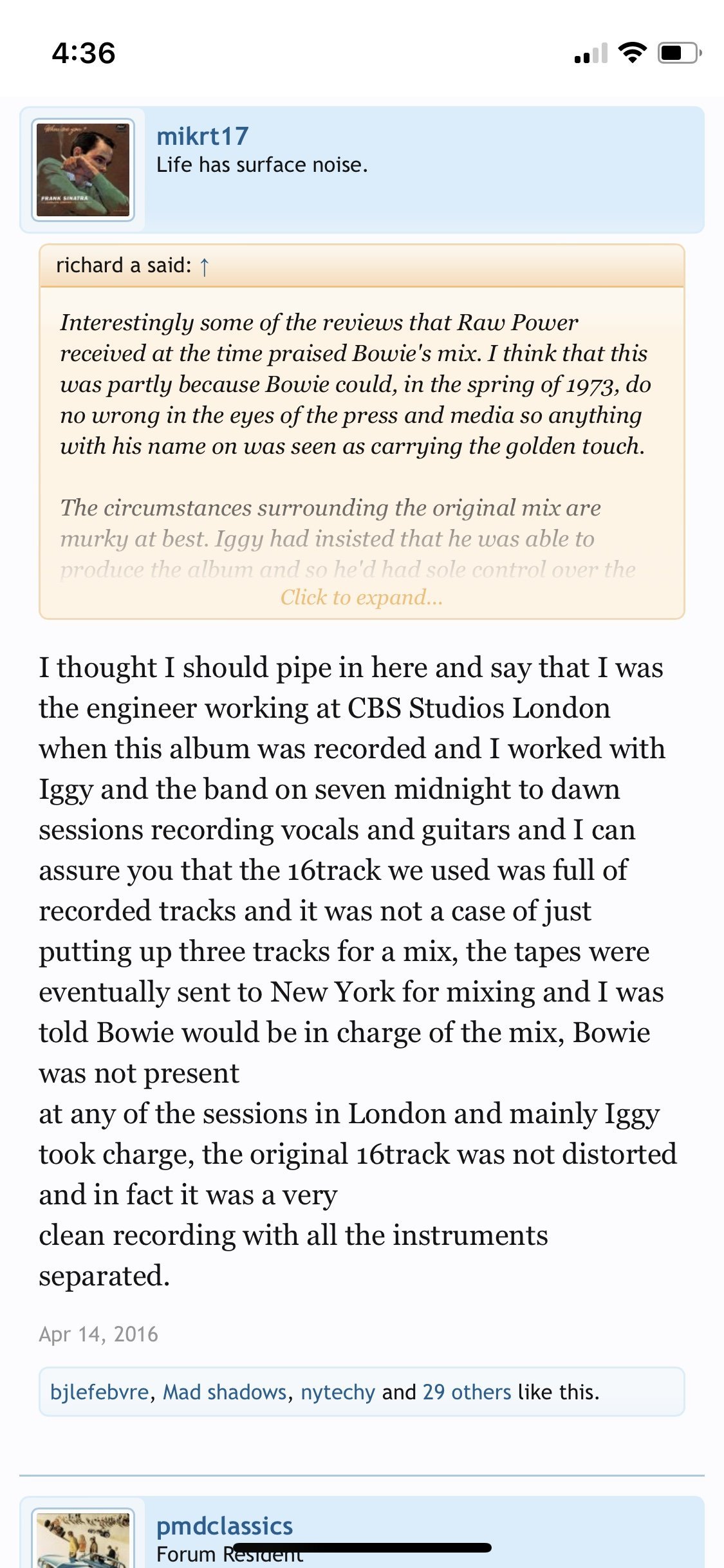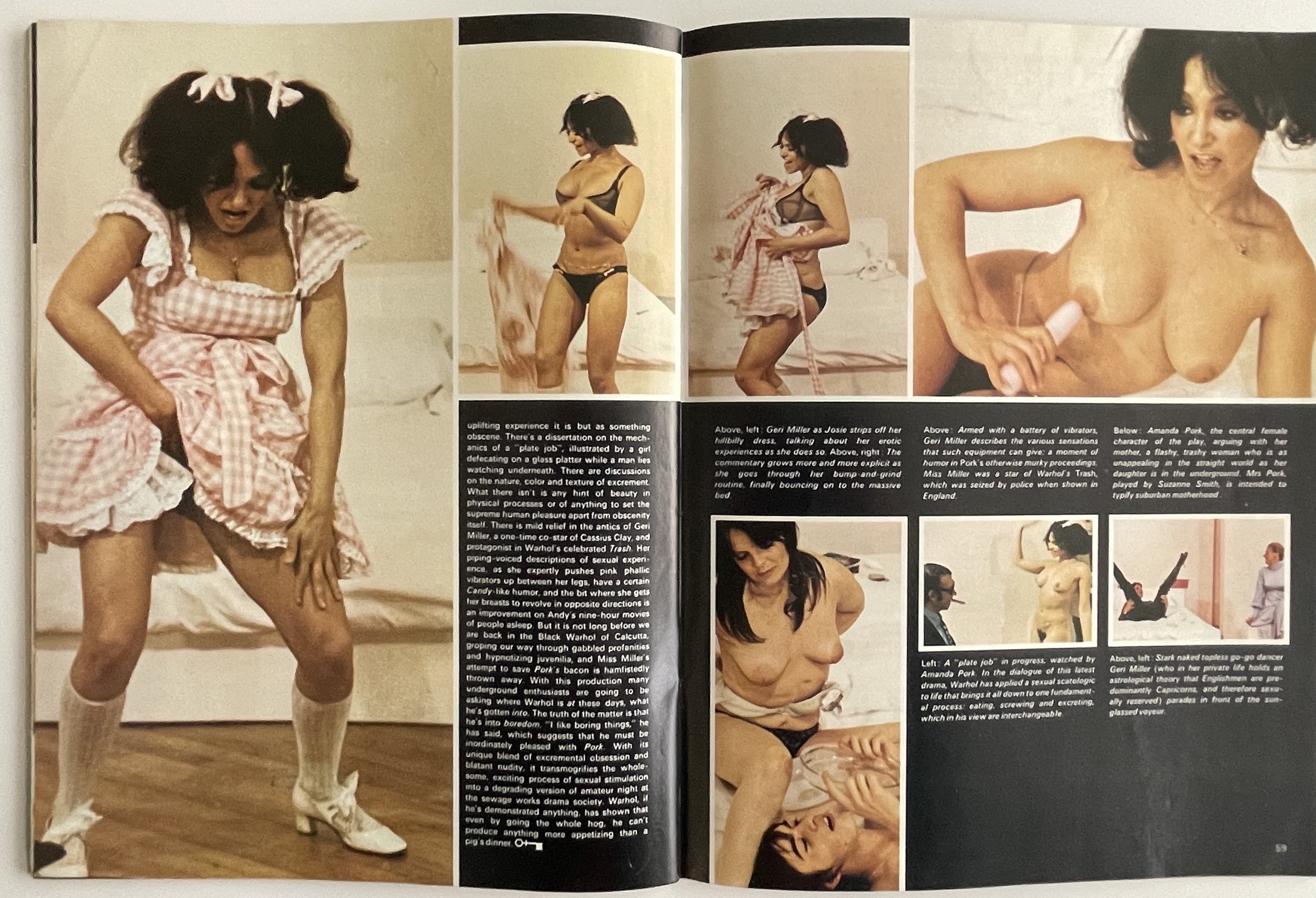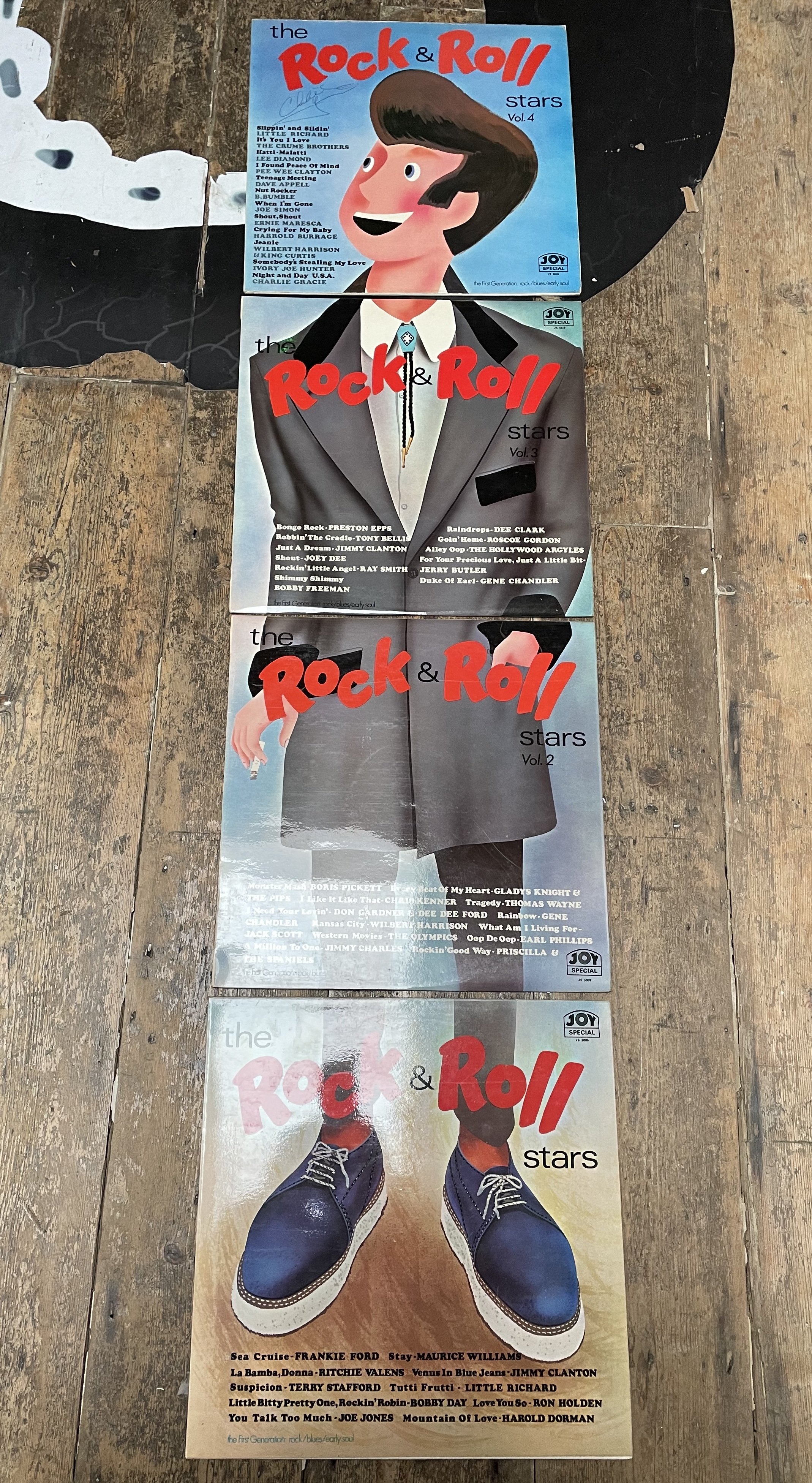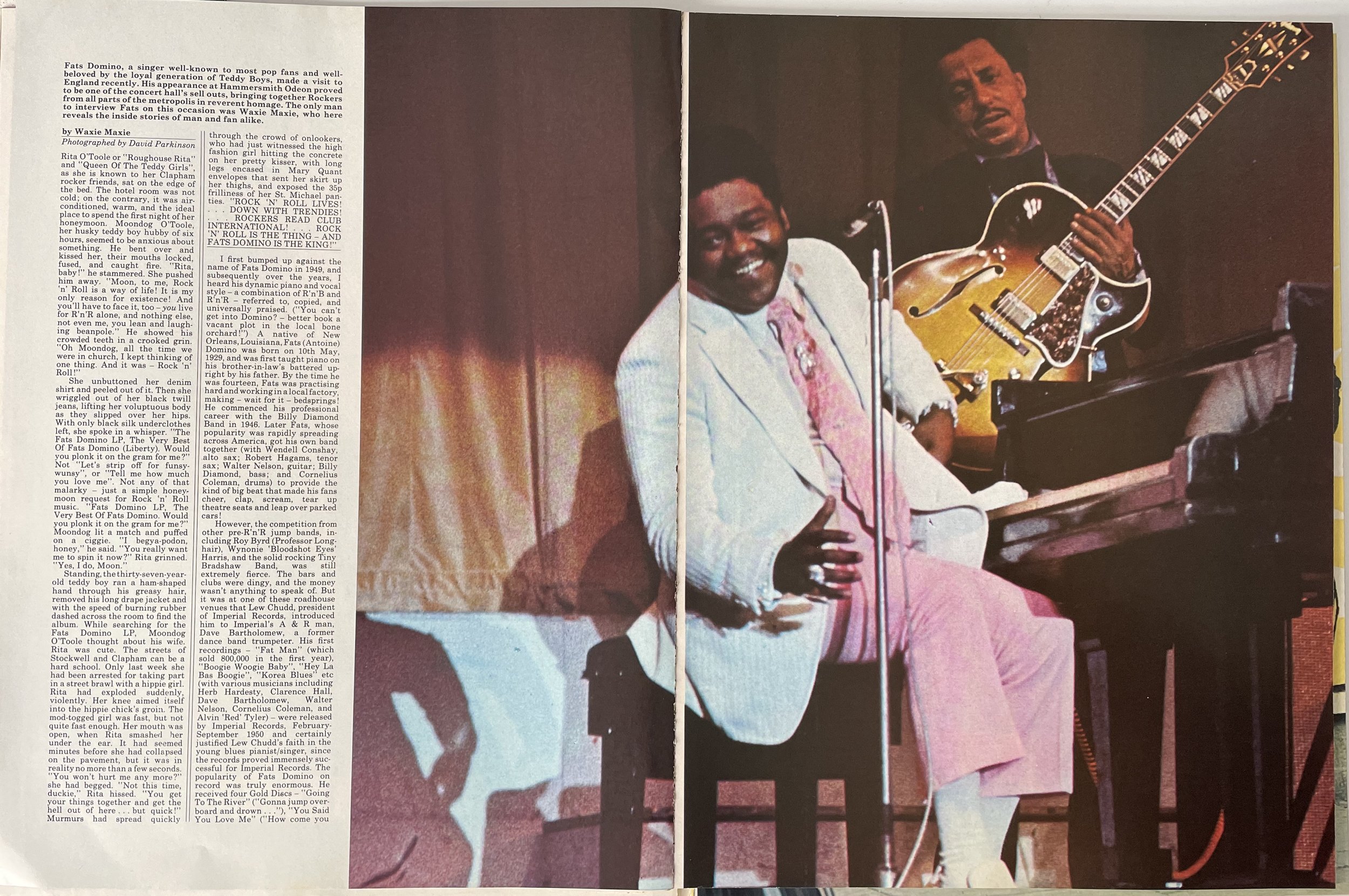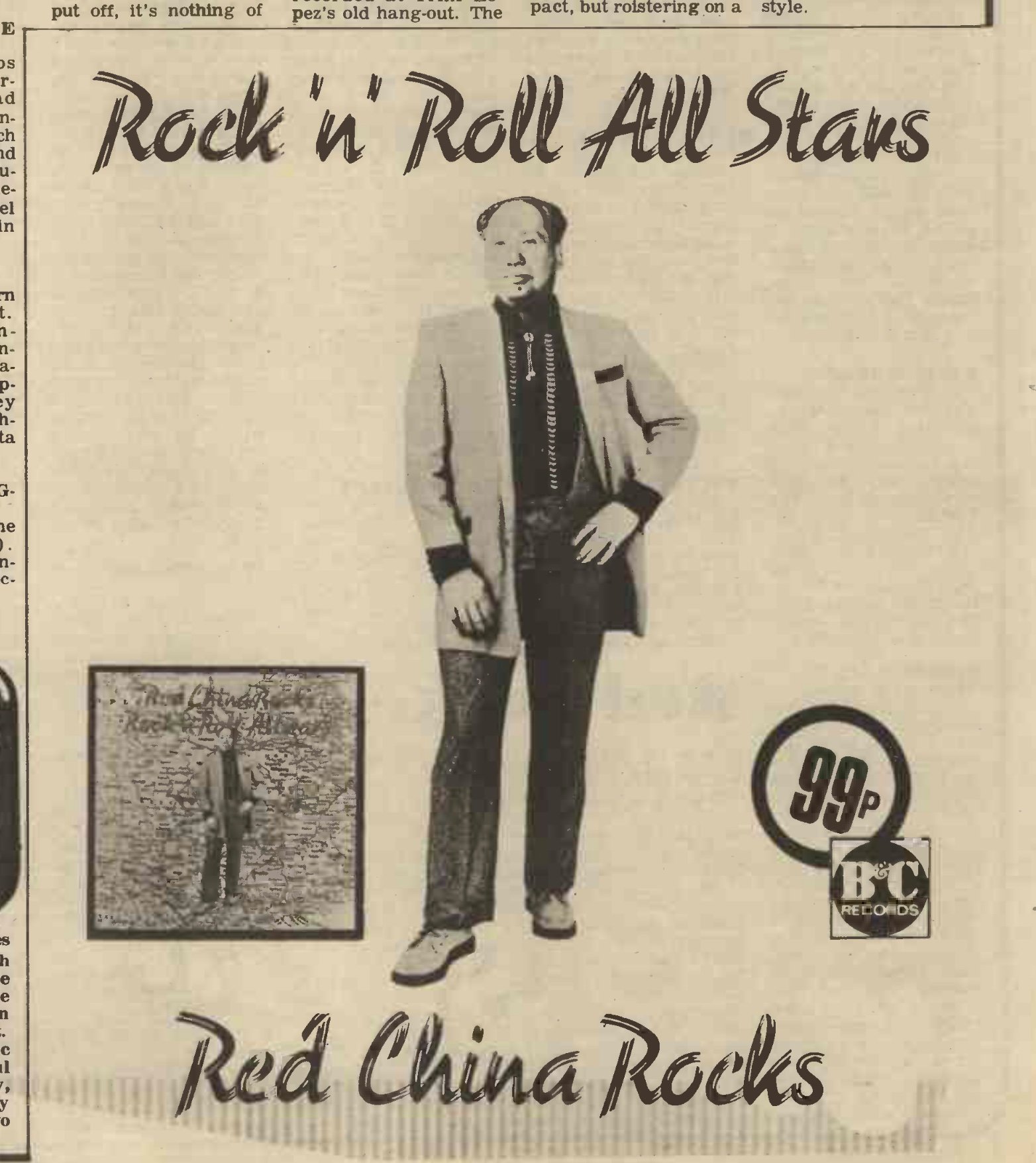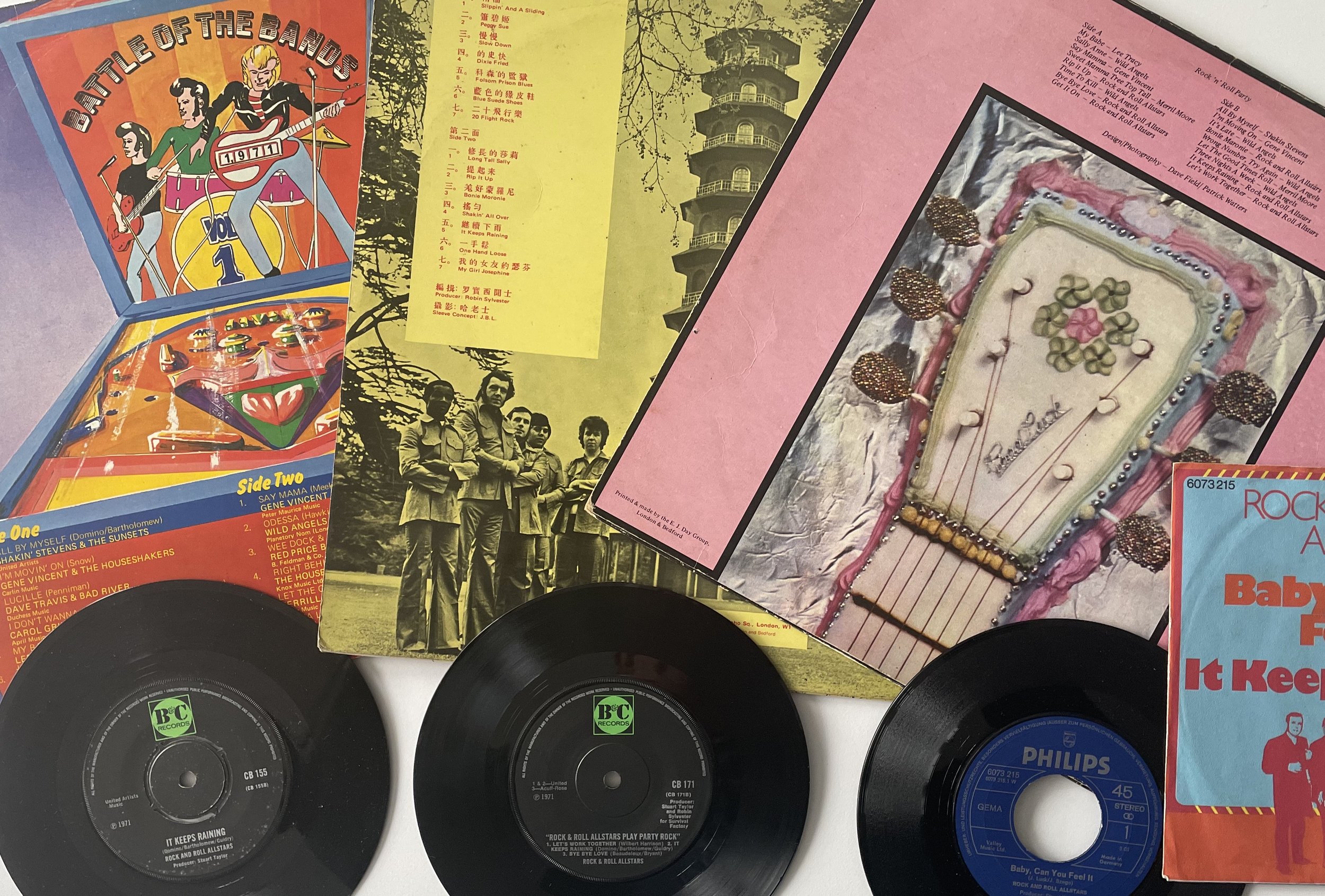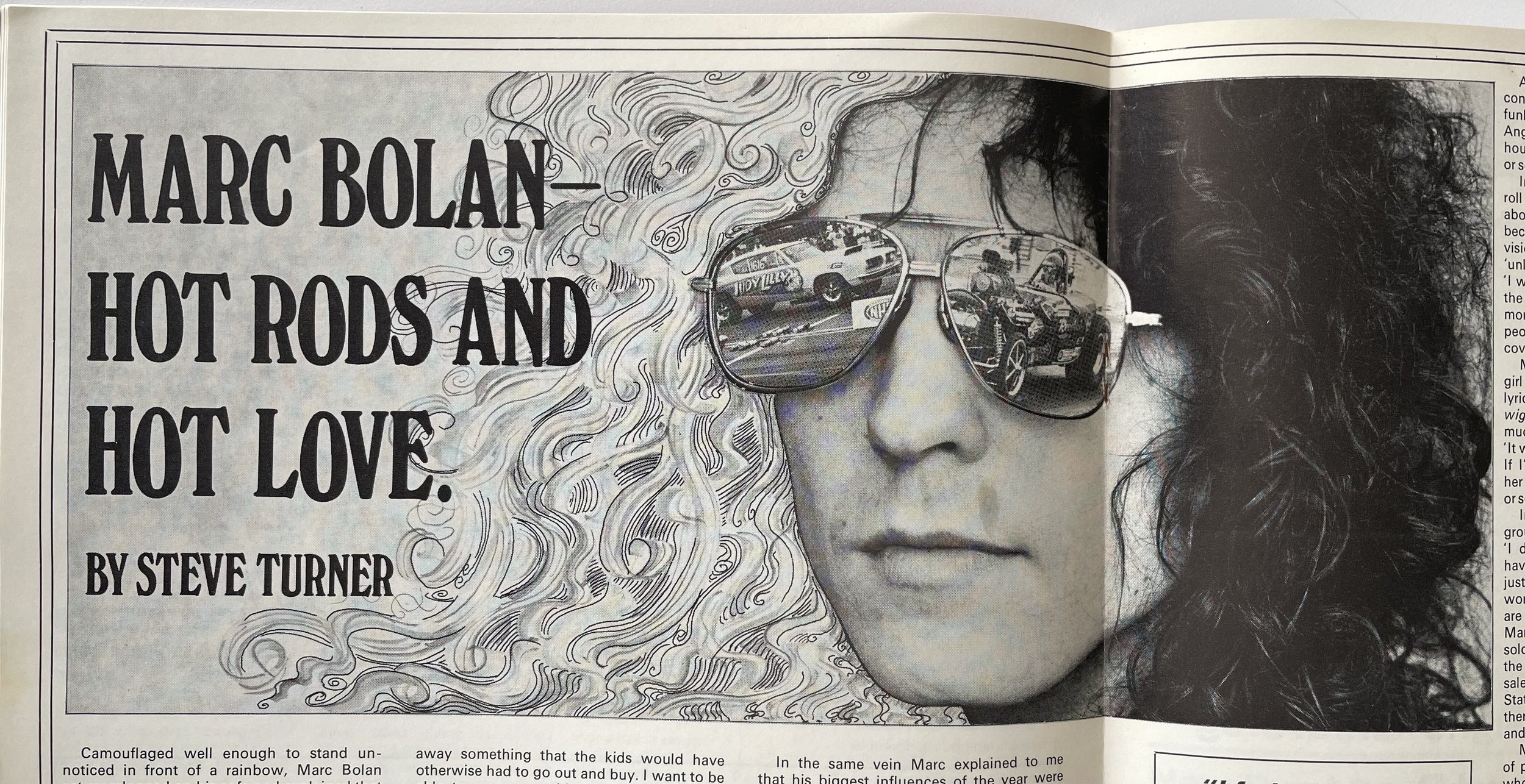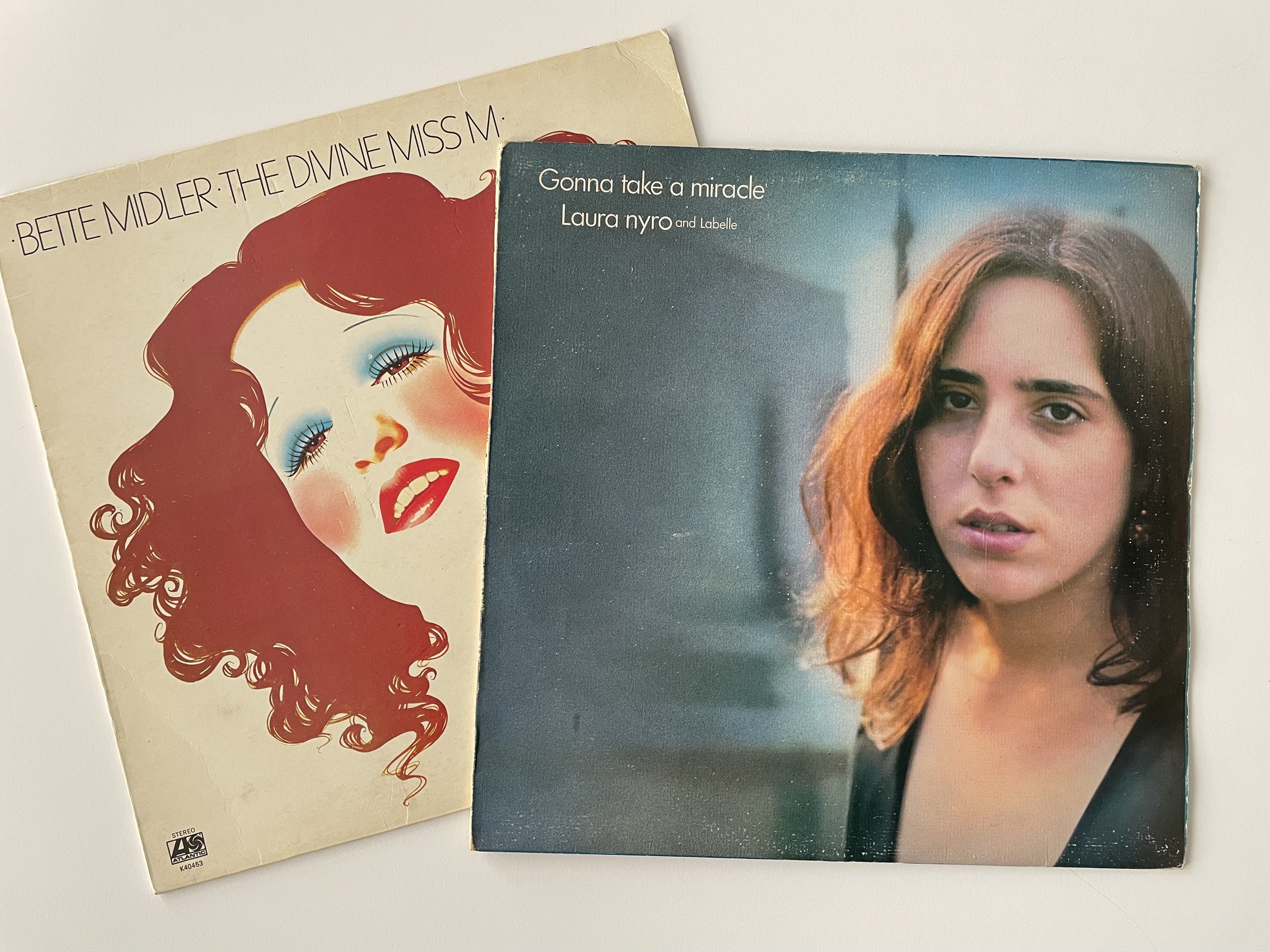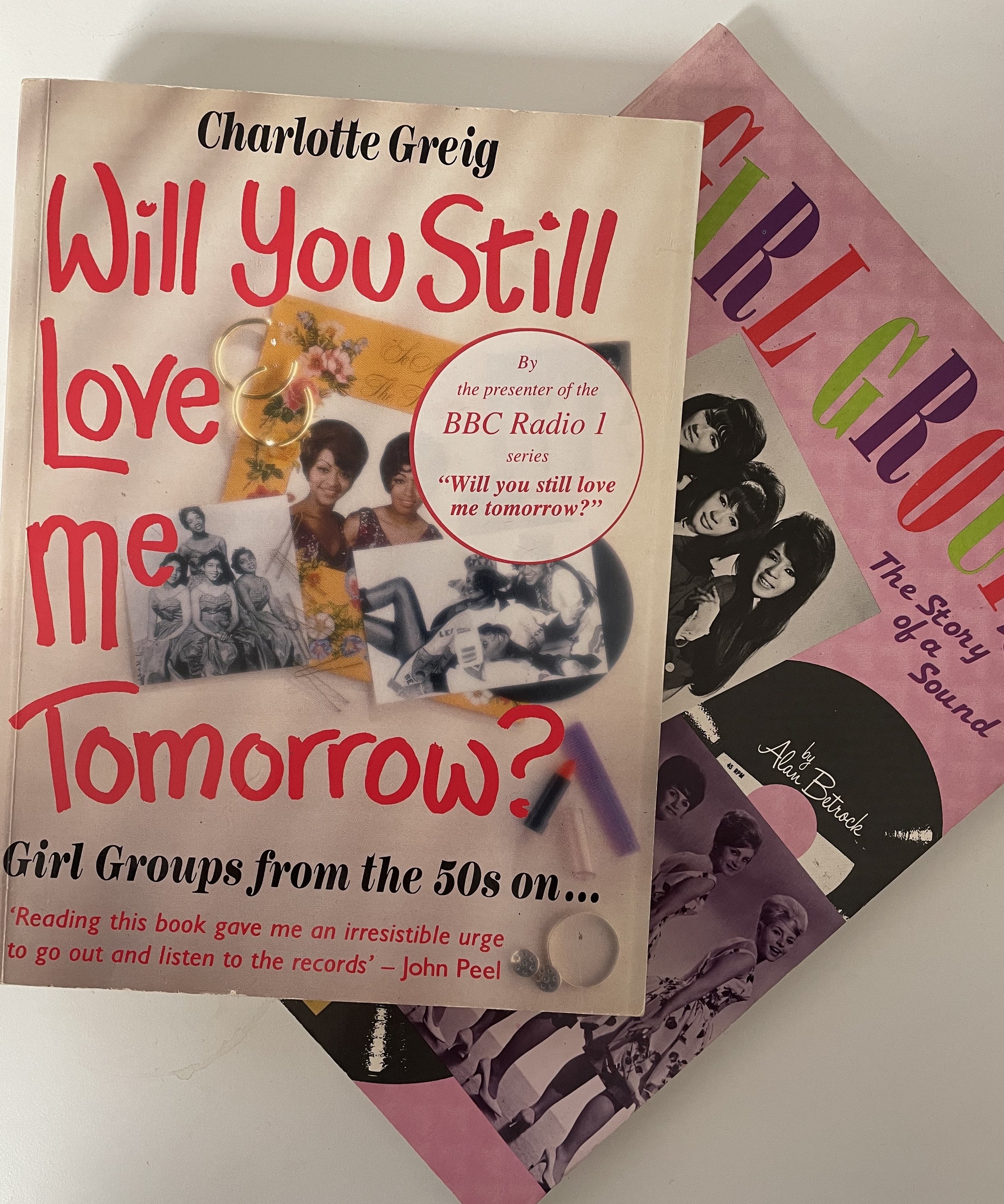Grant McPhee reviews Pin-ups 1972: Third Generation Rock ‘n’ Roll for Into Creative
This publication takes a similar format to Jon Savage’s ‘1966’ to posit the claim that 1972 is another important milestone in ‘the story’ of music. It’s a well-argued point that focusses on 1972 being when Rock ‘n’ Roll went back to its roots, in order to reclaim itself from the patchouli self-indulgence that it had sadly fallen into. Other writers have made a claim for 74/75 being when Rock and Roll went back to basics, but this makes a convincing case that 1972 was where it began. Rather than starting with Dr Feelgood or New York Dolls, we have Bowie and Bolan, Iggy and Lou, Roxy, The Who’s Quadrophenia and most refreshingly, Mick Farren, an unsung hero and huge influence on the soon to emerge Punk sound.
The level of research is quite astounding; I know that Peter meticulously went through hundreds of period magazines, NMEs, Melody Makers, Newspapers, Fanzines and more to ensure historical accuracy, rather than falling into the trap of repeating oft-heard myths. This trawl through culture really pays off as it gives a tremendous sense of period for the reader and envelopes you completely in the world of the greaser as the story emerges.
review published HERE
Simon Wright reviews A Band With Built-In Hate and Pin-Ups 1972 for Only Rock ‘n’ Roll London
Two books from Peter Stanfield which follow the same approach, developing a hypothesis by the careful selection and presentation of quotes from a wide variety of other sources. This means that he will never be one of my favourite writers – I prefer the highly-opinionated school of Nick Kent , Greil Marcus and Lester Bangs – but the material he chooses is for the most part relevant and stimulating and in some cases new to me, so that is enough to make for two entertaining and thought-provoking volumes.
Stanfield also shares two of my prejudices: that the early ‘70s were a brilliant time for music and that the Who peaked with Sell Out and Tommy. Pin-Ups 1972 follows in the steps of Jon Savage’s book on 1966 and David Hepworth’s review of 1971. Unlike these two titles Stanfield makes no attempt to review the contemporary music scene in its entirety but instead zeroes in on a tight and inter-related group of acts including Iggy and the Stooges, the New York Dolls, Lou Reed and Roxy Music, all firm favourites of mine. He notes how Marc Bolan had lead the way, and how Bowie was at the centre of it all. A surprising outlier is the opening chapter on Mick Farren, by then no longer a performer but a full-time writer and generally angry person. Stanfield gives a clear account of tectonic plates shifting within the London music scene and how this helped rock’n’roll shake off the last fringes of the 60’s as these groups evolved a Third Generation Rock’n’Roll, the subtitle of the book. He is also good on how the seismic eruptions of 1977 started as minor tremors five years previously.
A Band With Built-In Hate is a fine book about the Who that would be better served by its sub-title The Who From Pop Art To Punk. Stanfield spends little time on the implications of the Townshend quote beyond noting that the members of the Who were four very different individuals who did not get on, hardly new news. Much more interesting is what Stanfield has to say about the relationship between the Who and popular culture in general and Pop Art in particular. Stanfield is helped greatly by extensively quoting Nik Cohn, still the most pithy and interesting commentator on the Who in the 60’s. The final chapter is enlivened by a wonderful rejection letter from Townshend to Eddie And The Hot Rods’ record company where he refers to his “meditative Mercedes buying” – truly the Godfather meeting The Punks. As with pin-ups 1972 the book concludes with the influence of the Who on punk, and vice versa.
Academic in tone but accessible in content these two books are recommended to bored teenagers of all ages.
Review published HERE



